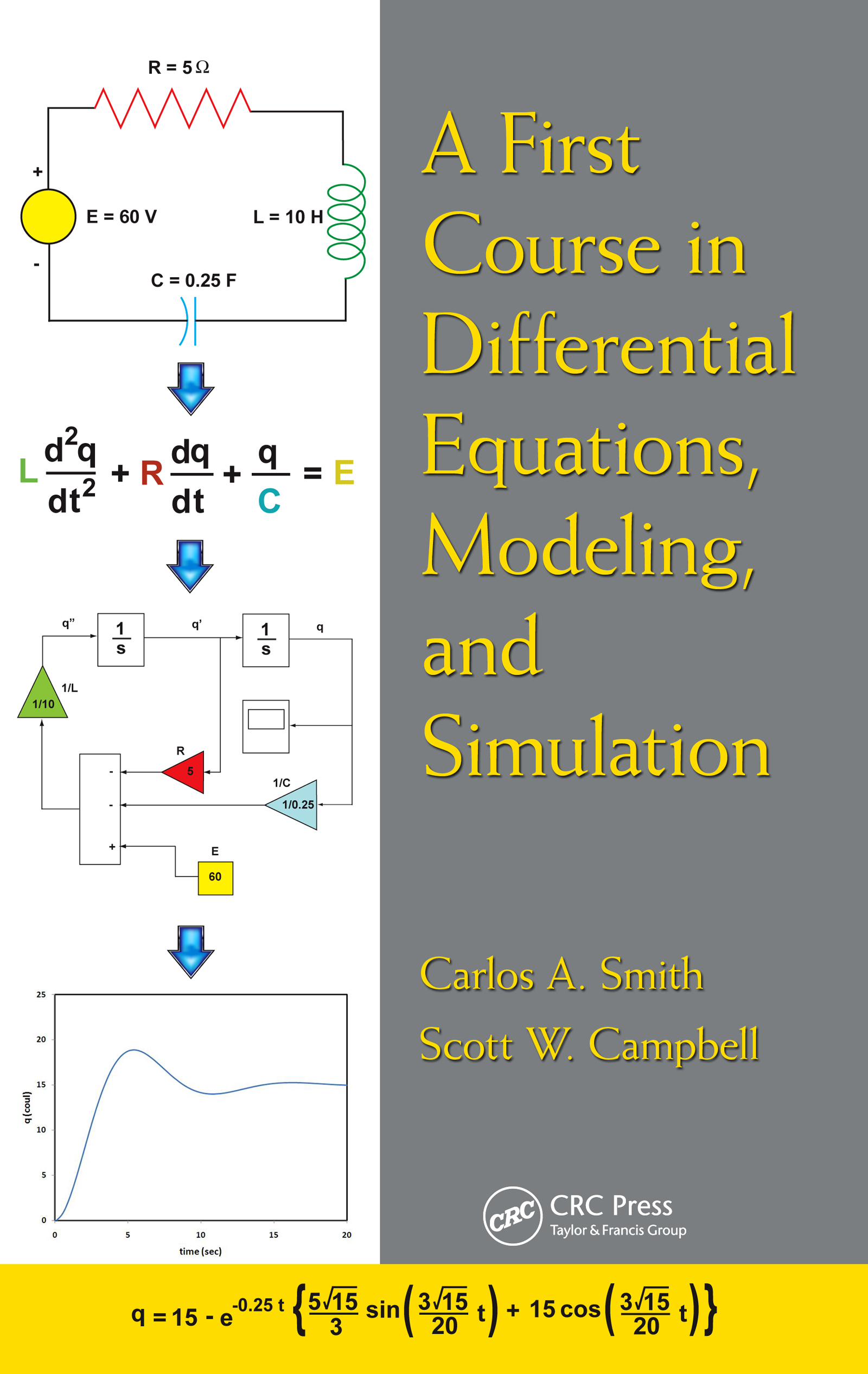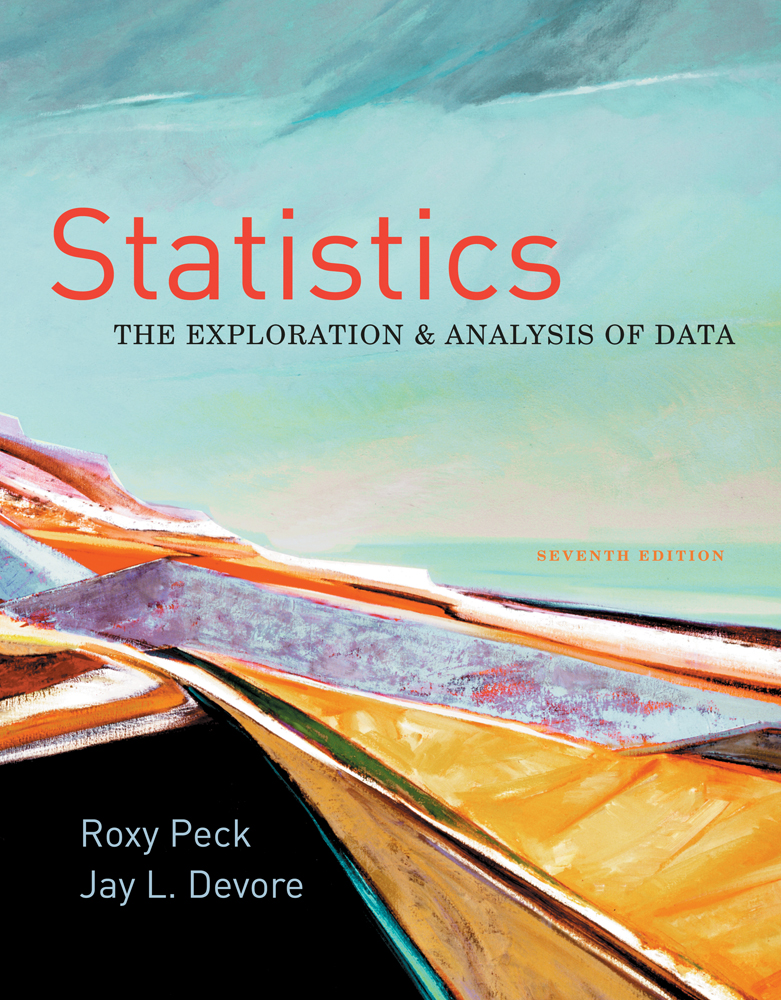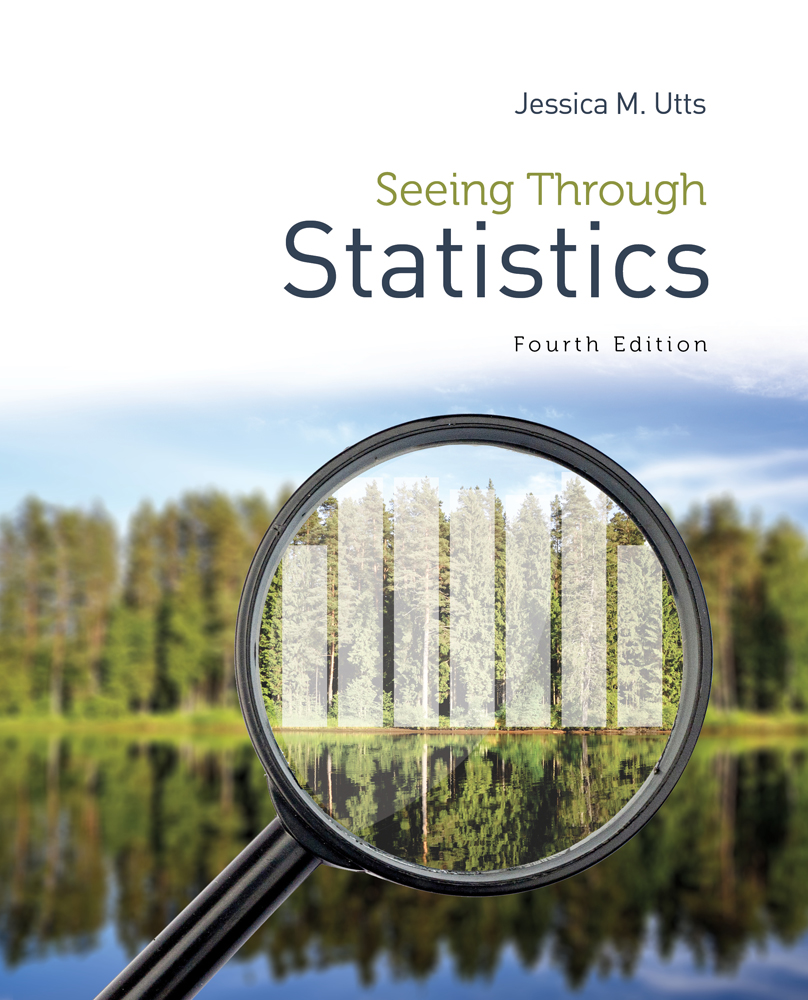CLCO1
LanguageENG
PublishYear2012
publishCompany
CRC Press
EISBN
9781439850886
PISBN
9781439850879
edition
1
- Product Details
- Contents
Emphasizing a practical approach for engineers and scientists, A First Course in Differential Equations, Modeling, and Simulation avoids overly theoretical explanations and shows readers how differential equations arise from applying basic physical principles and experimental observations to engineering systems. It also covers classical methods for obtaining the analytical solution of differential equations and Laplace transforms. In addition, the authors discuss how these equations describe mathematical systems and how to use software to solve sets of equations where analytical solutions cannot be obtained.
Using simple physics, the book introduces dynamic modeling, the definition of differential equations, two simple methods for obtaining their analytical solution, and a method to follow when modeling. It then presents classical methods for solving differential equations, discusses the engineering importance of the roots of a characteristic equation, and describes the response of first- and second-order differential equations. A study of the Laplace transform method follows with explanations of the transfer function and the power of Laplace transform for obtaining the analytical solution of coupled differential equations.
The next several chapters present the modeling of translational and rotational mechanical systems, fluid systems, thermal systems, and electrical systems. The final chapter explores many simulation examples using a typical software package for the solution of the models developed in previous chapters.
Providing the necessary tools to apply differential equations in engineering and science, this text helps readers understand differential equations, their meaning, and their analytical and computer solutions. It illustrates how and where differential equations develop, how they describe engineering systems, how to obtain the analytical solution, and how to use software to simu
Collected by
- UCLA
- University of Cambridge
- Princeton University
- University of Oxford
- Columbia University Library
- National Library of China
- University of Chicago
- MIT











